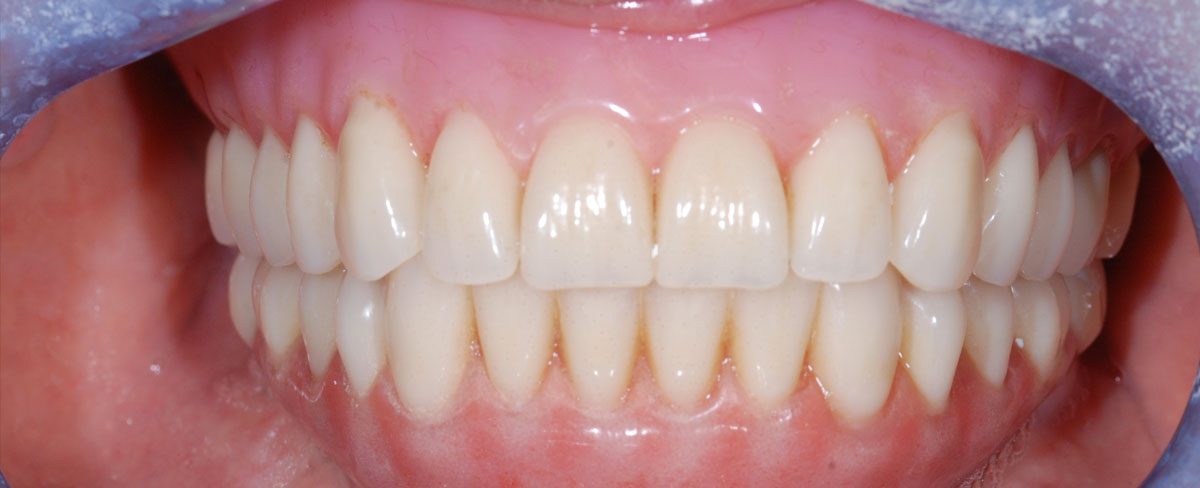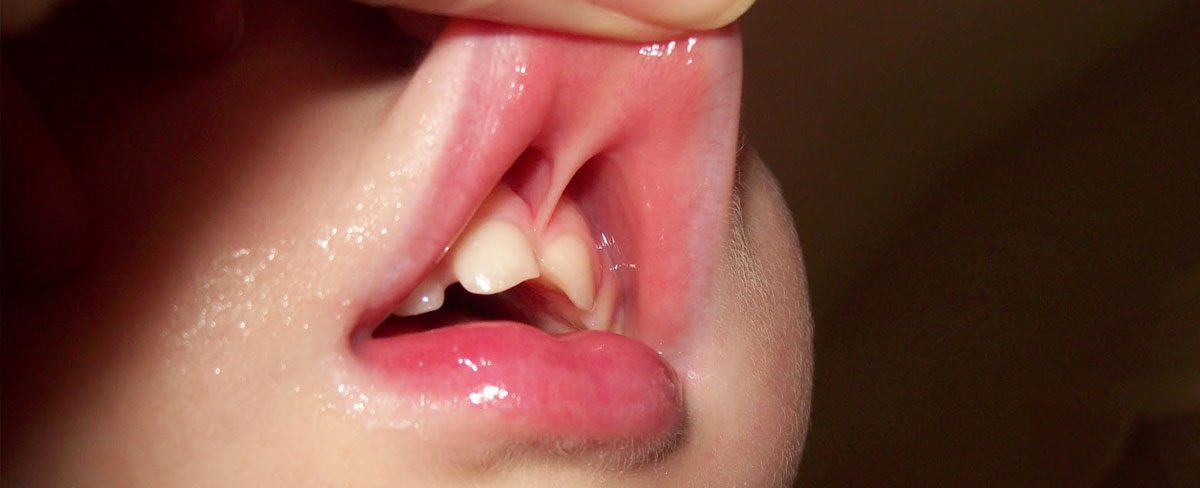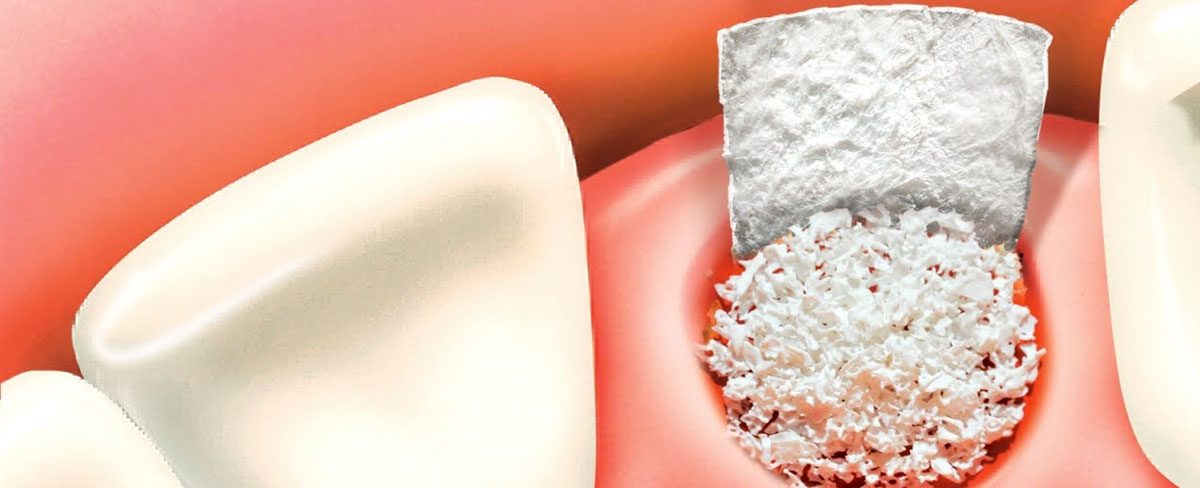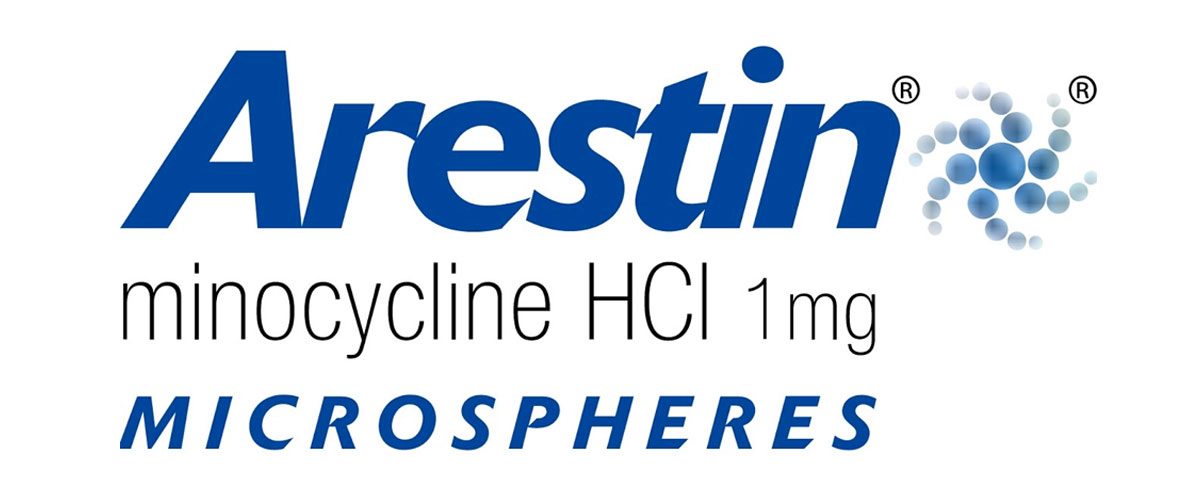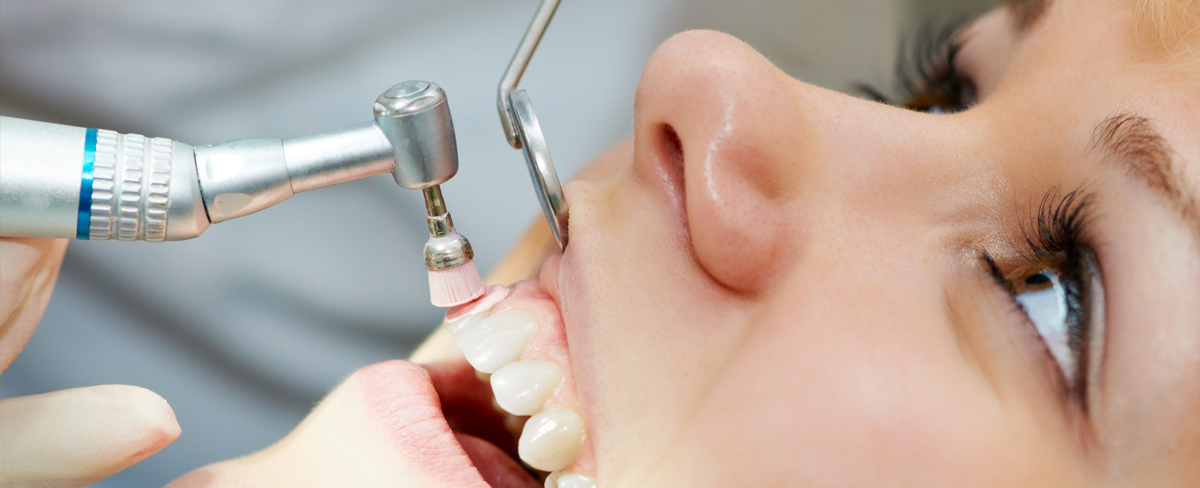You visit the dentist every six months for your dental check-up and professional cleaning, then one visit the dentist tells you that you have gum disease. Gum disease is an inflammation of the gum tissue that could affect the teeth and supporting bone in your mouth. Plaque bacteria, acids and certain foods all contribute to the development of gum disease. Fortunately, two common methods exist to reverse the disease — dental scaling and root planing.
Dental scaling occurs with manual hand instruments, ultrasonic instruments or both. The dentist will start the procedure with a thorough examination of your mouth. Next, an ultrasonic scaling device will be used to eliminate the plaque bacteria with sonic vibrations. The ultrasonic scaling device removes tartar (calculus), plaque and biofilm from the tooth surface and underneath the gum line. A manual instrument may be used next to remove the remainder.
Root planing involves detailed scaling of the root surface to decrease inflammation of the gum tissue. The dentist scales the root surface to smooth out rough target areas, eliminating plaque and biofilm development.
How Will It Feel?
If your gum tissue is sensitive and diseased, local anesthesia can be administered to numb the tissue. If your teeth are sensitive before or after the professional cleaning, it may be recommended that you use a desensitizing paste to provide you with sensitivity relief. Dental scaling and root planing may take two to four visits based upon the level of oral disease in the mouth. If you have periodontal disease, dental scaling and root planing will be completed first and then periodontal surgery will be conducted thereafter.
If you think you may have gum disease, scaling & root planing may just be what you need. Please call Reedley Family Dental at (559) 637-0123 to book a consultation.


